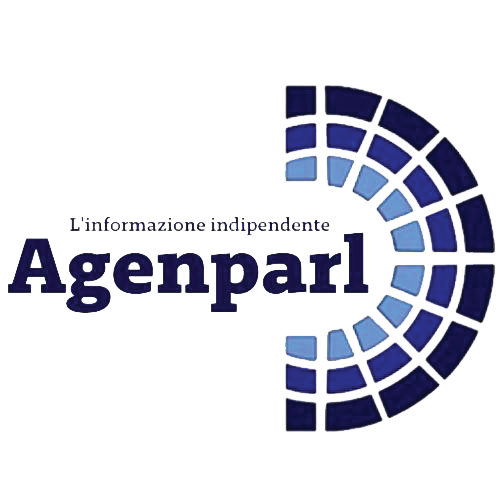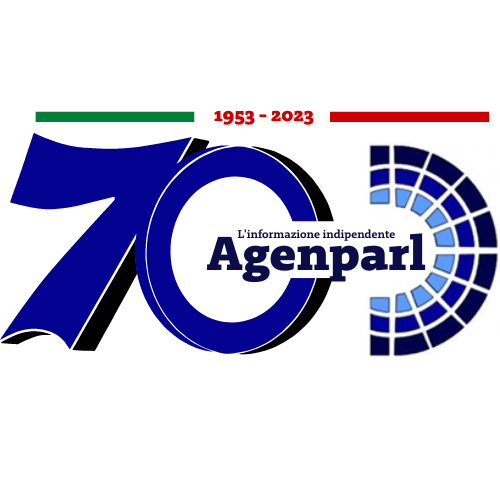 (AGENPARL) - Roma, 20 Giugno 2025
(AGENPARL) - Roma, 20 Giugno 2025(AGENPARL) – Fri 20 June 2025 [cid:8a905ec3-c636-4d00-9ca9-2a642c68f2fd]
Cleaner energy for displaced lives
Reducing host and displaced community tensions around natural resources in Djibouti
[cid:5e96f433-5b32-4bf0-a5ed-61a6ad40300b]
©FAO/Nick Oloo
Squatting next to a compact and energy-efficient stove, Hilina stirs her soup, smiling.
“This stove is so amazing; it’s burning without any smoke and cooking very well,” says Hilina with genuine joy, amidst a landscape that doesn’t easily lend to this emotion.
Hilina is currently one of the more than 17 000 residents of the Ali-Addeh camp in Djibouti. She was born here, so it is the only home she has ever known. Her family fled here from Ethiopia in 1991 because of conflict.
The Ali-Addeh camp is a barren and desolate expanse that butts up against the mountains which seem to watch over the settlement like sentinels. The families who have fled here from Somalia, Ethiopia, Eritrea and Yemen, continue to cook, care and hope, many for more than a decade.
According to the United Nations High Commissioner for Refugees (UNHCR), nearly 140 million people around the world are expected to be forcibly displaced and stateless by 2025, driven by conflict, violence, persecution and climate-related shocks—challenges that are compounded by economic turbulence.
In East Africa alone, there are over 5.5 million refugees and asylum seekers and nearly 22 million people face protracted internal displacement. Most live in camps or settlements, often for years, because returning home is not an option.
This is the case for Hilina. As her family fled war decades ago, she has no home to go back to.
Since her mother died, Hilina now bears most of the household responsibilities alone. Cooking for her family is among the main ones, and this has traditionally called for a long and dangerous trek to collect firewood.
“The journey to collect wood takes a long time. Starting in the afternoon, to the night. It is very far!… Also children they leave school to collect wood,” she said.
As is the case of the Ali Addeh camp, long-term displacement puts immense pressure on scarce natural resources and can cause tension between displaced and host communities. Forests, water resources, arable land: all of these valued resources are strained by camps that might go up overnight but persist for decades.
“The challenges that these communities face day by day are access to livelihoods, protection and health risks, and not least, tensions between the host communities and the camp dwellers themselves,” said Indira Joshi, Emergency and Resilience Officer at the Food and Agriculture Organization of the United Nations (FAO). “What is very worrying is the protracted nature of this displacement. So, the question is, what are we, the international community, doing about this?”
One answer comes from the Greening the Humanitarian Response (GHR) project, implemented by FAO in collaboration with the United Nations High Commissioner for Refugees (UNHCR) and funded by the European Union. The project helps displaced people, host communities and local authorities manage natural resources more effectively and improve energy access for cooking and livelihoods.
Traditional cooking methods are not only resource-consuming and time-consuming, they are also potentially hazardous, impacting air quality and exposing families to health risks.
To address this, the GHR project has distributed energy-efficient cookstoves.
“It [the stove] protects us from going far away into the mountains to collect firewood… so now life is easy,” said Hilina.
The project also promotes the use of Prosopis juliflora, an invasive plant species, to make sustainable charcoal for cooking. This reduces the need for firewood and helps manage Prosopis.
“The fact that we are now trying to transform the Prosopis into charcoal is very important so that we limit the degradation of natural resources but also use it rationally,” said Kwami Dzifanu Nyarko-Badohu, FAO Representative in Djibouti.
Arturo Gianvenuti, FAO Agroecological Engineer, notes that the GHR project has also generated valuable baseline data on environmental impact and energy needs. This can help guide more cost-effective interventions that support sustainable forest-based value chains.
The Greening the Humanitarian Response project offers a scalable model for protecting the environment while improving lives—bringing cleaner energy, restored ecosystems and greater resilience to the people living in some of the world’s most vulnerable situations. So far, the project has been implemented in Djibouti, Somalia, Tanzania and Uganda.
The story and photos can be found here: https://www.fao.org/newsroom/story/cleaner-energy-for-displaced-lives/en
All feature stories can be accessed here: http://www.fao.org/news/stories-archive/en/
Media outlets are welcome to reproduce the article or use the information contained in it, as well as related photos, provided that FAO and the photographers are given credit. A link back to the original story is also appreciated.
FOR MORE INFORMATION
FAO News and Media
Online tools
Photos and Videos: FAO Digital Media Hub
Photos: FAOnews Flickr account
FAO News: Newsroom website
FAO feature and in-depth stories: Stories website
Social Media: @FAOnews
This email was issued by the Media Office at the Food and Agriculture Organization of the United Nations (FAO).
